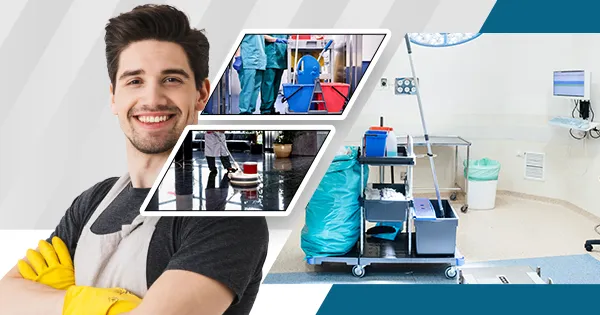Introduction
Maintaining a sterile environment in healthcare settings is crucial to preventing the spread of infections and ensuring patient safety. Healthcare-associated infections (HAIs) can have serious consequences, including extended hospital stays, increased medical costs, and in severe cases, loss of life. To mitigate these risks, rigorous cleaning protocols must be followed consistently and thoroughly.
The Importance of a Sterile Healthcare Environment
Healthcare facilities, from hospitals to outpatient clinics, are environments where individuals with weakened immune systems are treated. Any lapse in cleanliness can expose these vulnerable patients to dangerous pathogens. Sterility isn’t just about surface appearance—it’s about eliminating harmful microorganisms that may not be visible to the naked eye.
Key Cleaning Protocols to Follow
1. Routine and Scheduled Cleaning
Consistency is key. Establishing a cleaning schedule ensures that no area is overlooked. High-traffic areas such as waiting rooms, bathrooms, and elevators require frequent cleaning throughout the day. Additionally, operating rooms and patient wards demand detailed attention after each use.
2. Use of Hospital-Grade Disinfectants
Using disinfectants that are effective against a broad spectrum of pathogens is non-negotiable. Cleaning staff must be trained on proper application methods and contact times to ensure efficacy.
3. Specialised Deep Cleaning
Routine cleaning is essential, but regular deep cleaning is also necessary for areas with high contamination risk. This includes terminal cleaning of rooms after patient discharge and detailed sanitation of surgical units and intensive care wards.
4. Disinfection of High-Touch Surfaces
High-touch surfaces such as doorknobs, bed rails, light switches, and medical equipment must be disinfected multiple times a day. These surfaces are often the primary vectors for pathogen transmission.
5. Disinfection Cleaning Services
For thorough eradication of bacteria and viruses, professional disinfection cleaning services can be a valuable asset. These services utilise advanced methods, such as electrostatic spraying and fogging, to ensure every corner of a healthcare facility is treated.
6. Staff Training and Compliance
Even the best protocols fail if staff are not properly trained. Healthcare cleaning personnel must understand the importance of their role and be regularly trained in infection control standards, including the use of personal protective equipment (PPE) and safe disposal of biohazardous materials.
Conclusion
Maintaining a sterile environment in healthcare facilities requires more than just a routine mop and bucket. It involves strategic planning, specialised services, and a commitment to hygiene protocols. By integrating scheduled cleaning routines, utilising expert deep and disinfection cleaning services, and investing in staff training, healthcare facilities can significantly reduce the risk of infection and promote a safer environment for all.


